Mudejar Architecture is a feature of Aragon as a whole, but there is a collection of towers of this type in Teruel,a small city 30km from Albarracin. After the reconquest of Spain by the Christians in the 12th century(La Reconquista)Moorish building traditions and art survived, and were copied by Christian builders right up to the 17th century. The Unesco guide tells me the style is typified by the use of a combination of brick and glazed tiles,so I simply had to go and have a look:-
After looking round Teruel I joined the aptly named N 23 “Autovia Mudejar” and sped up towards Zaragoza,140 km to the north. This is a large city(nearly twice the size of Bristol),the capital of Aragon, and has a Moorish history too.
The plains of Aragon look very dusty, rocky, and dry even at this time of year, all over an orangey umber colour, although in some fields there is sign of new growth. The motorway rises over a hill 50km south of Zaragoza, and as I crest the summit at an altitude of 900 metres, I can suddenly see the whole range of the snow topped Pyrenees stretching in front of me from left to right. They must be 150km away.
The town campsite is in the suburbs, amid high rise apartment blocks and new avenues, but it is convenient ,as a bus for the city centre leaves from right outside. What is odd is that in this suburb location there seem to be owners of permanent caravans/cabins. The other thing I notice is the BBQ house: there was one at the campsite last night, an open room with a row of several big fireplace in which campers seem to light huge fires with big logs, which they get from somewhere, and then there is much smell of burnt flesh.
The plains of Aragon look very dusty, rocky, and dry even at this time of year, all over an orangey umber colour, although in some fields there is sign of new growth. The motorway rises over a hill 50km south of Zaragoza, and as I crest the summit at an altitude of 900 metres, I can suddenly see the whole range of the snow topped Pyrenees stretching in front of me from left to right. They must be 150km away.
The town campsite is in the suburbs, amid high rise apartment blocks and new avenues, but it is convenient ,as a bus for the city centre leaves from right outside. What is odd is that in this suburb location there seem to be owners of permanent caravans/cabins. The other thing I notice is the BBQ house: there was one at the campsite last night, an open room with a row of several big fireplace in which campers seem to light huge fires with big logs, which they get from somewhere, and then there is much smell of burnt flesh.
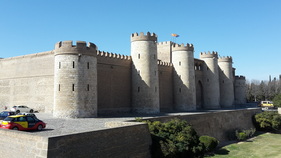 The Aljaferia: exterior
The Aljaferia: exterior One of the things I had planned to see was the Aljaferia palace, supposedly the most important Moorish building remaining outside Andalucía (of which the crème de la crème there of course is the Alhambra).The Aljaferia is now a part of a larger complex housing the Aragonese parliament. There is a limited amount of it left, nothing up to the overpowering standard of the Alhambra, but there is still much to recommend it, not least the fact that its free.
.
.
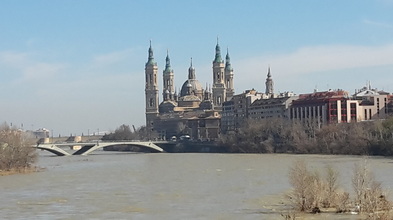 The river Ebro , swollen by snowmelt ,flows past 'Our lady of the Pillar'
The river Ebro , swollen by snowmelt ,flows past 'Our lady of the Pillar' One of two large cathedrals in Zaragoza, 'Our Lady of the Pillar' was built in the 17th century , but from a distance looks surprisingly Islamic (i.e. like mosques in Istambul, I thought)
There is some concern on the local news on the TV in a bar, where I had lunch, about the high water level in the river, with some flooding, caused by sudden snow melt in the mountains.
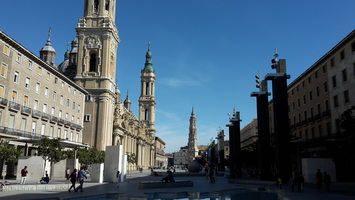 The old Roman forum,now the cathedral plaza
The old Roman forum,now the cathedral plaza I did a large walk around the city centre, which seems mostly fairly modern, but with plenty of points of interest. The site of the Roman forum is still an open space, now lined on one side by the massive cathedral of ‘Our Lady of the Pillar’, who apparently appeared as an apparition on top of a pillar(Why a pillar?) to the apostle James here.
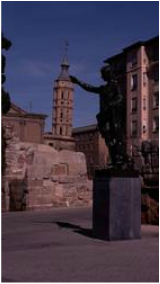 The Emperor Augustus ,in the forum, appears to hold up a distinctly wonky tower.
The Emperor Augustus ,in the forum, appears to hold up a distinctly wonky tower. The Roman City was called Caesaraugusta, and the Moors changed that to Saragusta, hence today’s Zaragoza * (*apparently !)
The city was also the home to the artist Goya, but I was unfortunately unable to fit in a visit to the Goya museum.
.
The city was also the home to the artist Goya, but I was unfortunately unable to fit in a visit to the Goya museum.
.
A large Napoleonic recreationist rally was being held in the city, and I walked quite a distance trying to find their encampment in a park. It was the lunch hour and as I walked I kept passing groups of Napoleonic soldiers in a wide variety of (presumably) Spanish and French uniforms (but no redcoats)heading in the opposite direction for lunch ,looking like extras from the 'Sharp' series.Unfortunately when I finally arrived at the park the large camp was pretty deserted. Apparently earlier in the day at one of the old gates to the city they had recreated one part of the battle when Napoleon's troops captured It from the Spanish in 1809.
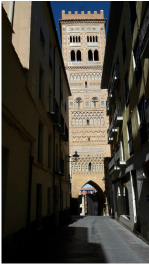
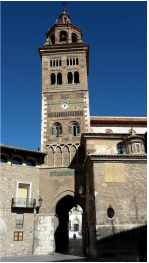
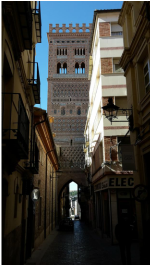
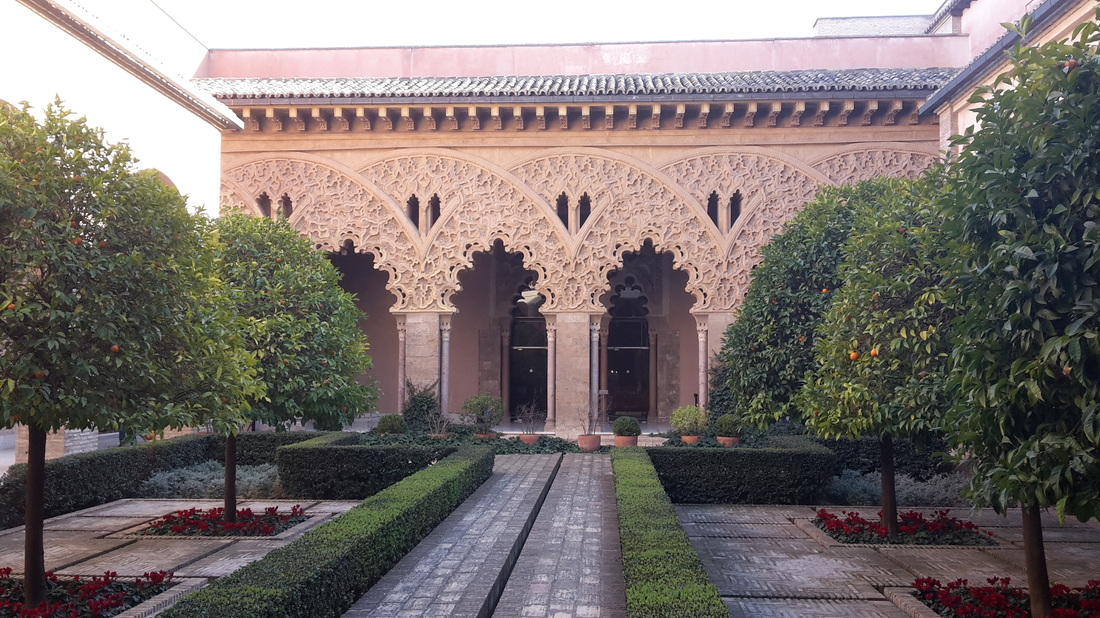
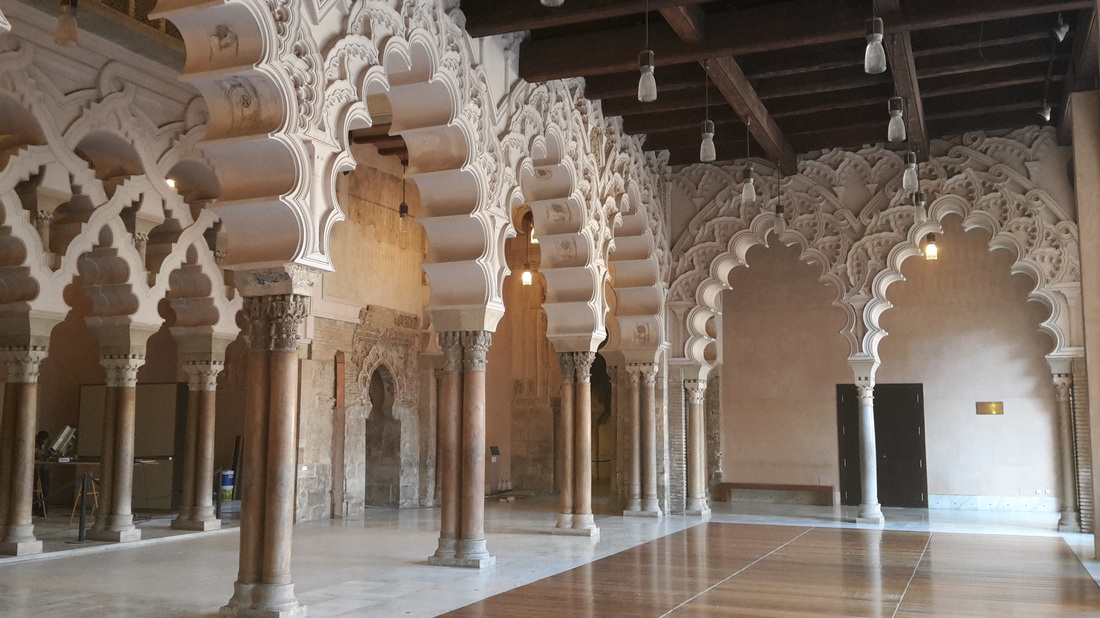
 RSS Feed
RSS Feed